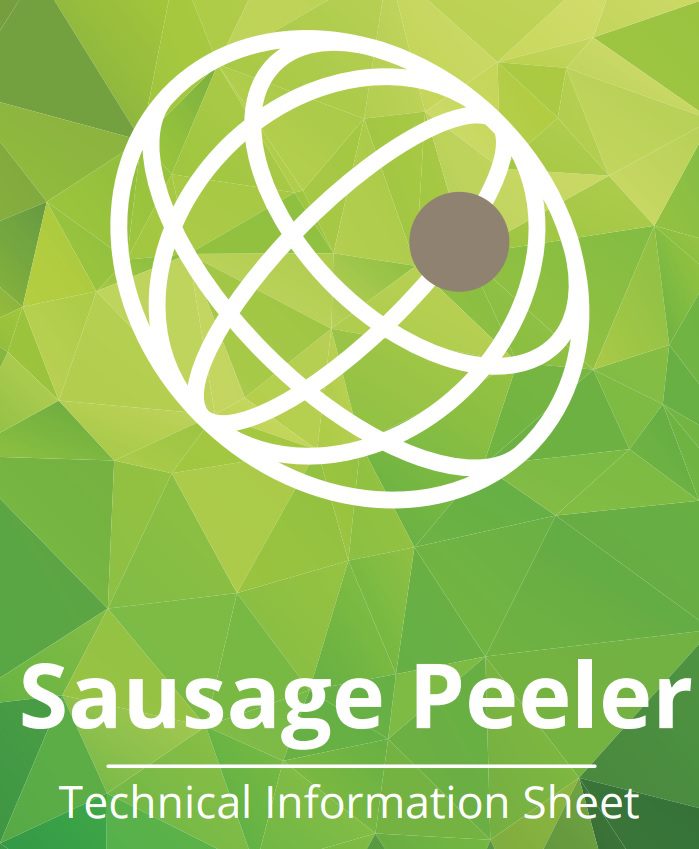How can peelability or non-peelability be seen ?
Complete seperation or high speed peelability can be tested for in several ways. The easiest is to squeeze the product at the link. If good seperation is present, the product will shift slightly inside the casing. Occasionally, good seperation is observed at the link but the casing adheres along the length of the product. Peel the product to about three-quarters of iets length and squeeze the end. If no adherence is present, it will slide easily the rest of the way. If no adherence is present, it will slide easiliy the rest of the way.
If no favorable results are obtained in this manner, condition the product by using a little water or steam. Now repeat the above test. If the product can be shifted inside the casing, the ultimate degree of peelability already has been acheived.
A complete seperation is a positive factor. Adherence is the negative factor te be avoided. Extreme adherence is the bonding of the product crust to the casing. This type of product is difficult to peel even by hand. When peeled by hand, an audible ripping sound can be heard. Frequently portions of the crust area removed with the casing. (check casing visually for particles of meat after peeling by hand). Sometimes these particles are very small, giving the casing a ‘cloudy’ appearance. When checking for the above condition, peel the product about half way then rip the remainder off with a sharp, hard pull. Partial adherence is present when the crust of the product is ‘lifted’ during a hand-peeling test.
Peel the product slowly and observe the seperation point between the crust of the product and the casing. The degree of adherence can be seen by how much the crust is distorted out of round before seperation is achieved. It is safe to say that adherence and resulting peeling problems costs the inductry millions of dollars annually.





